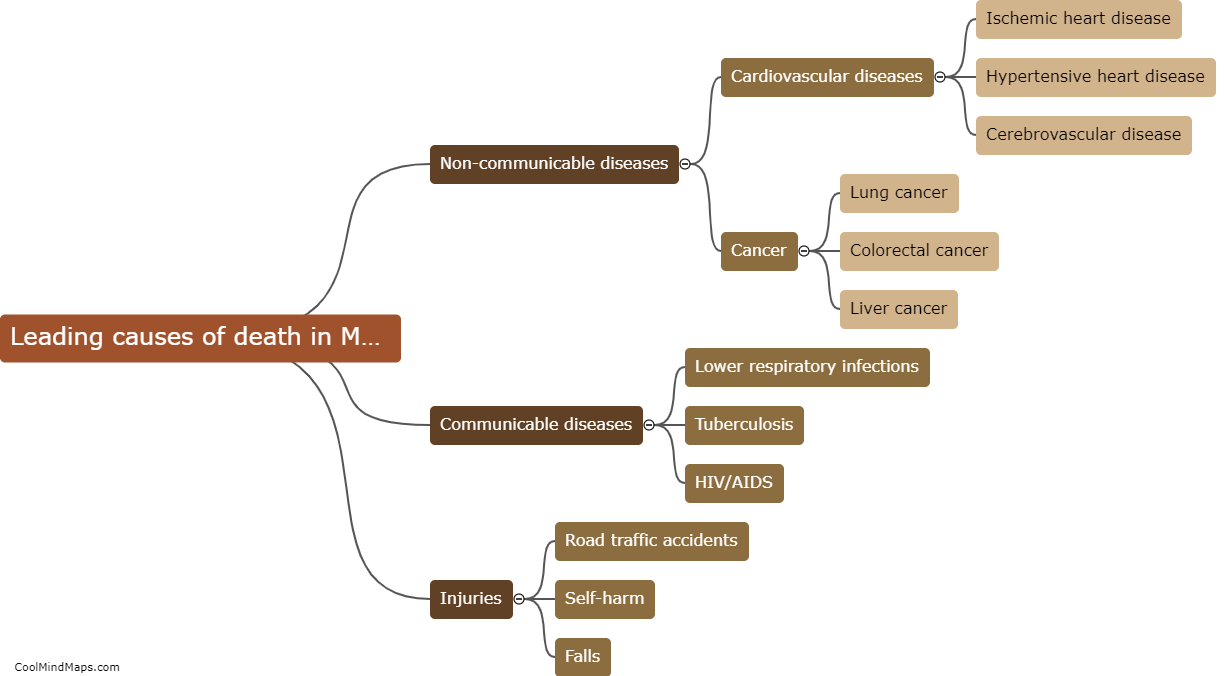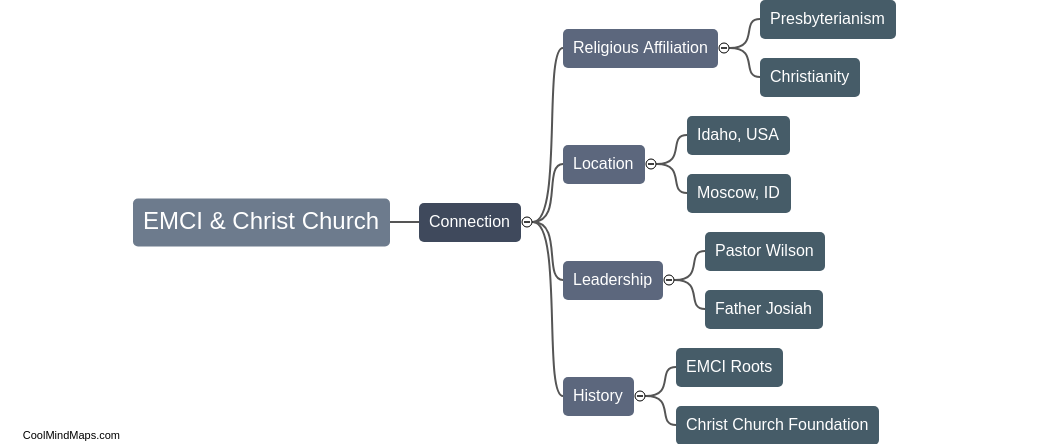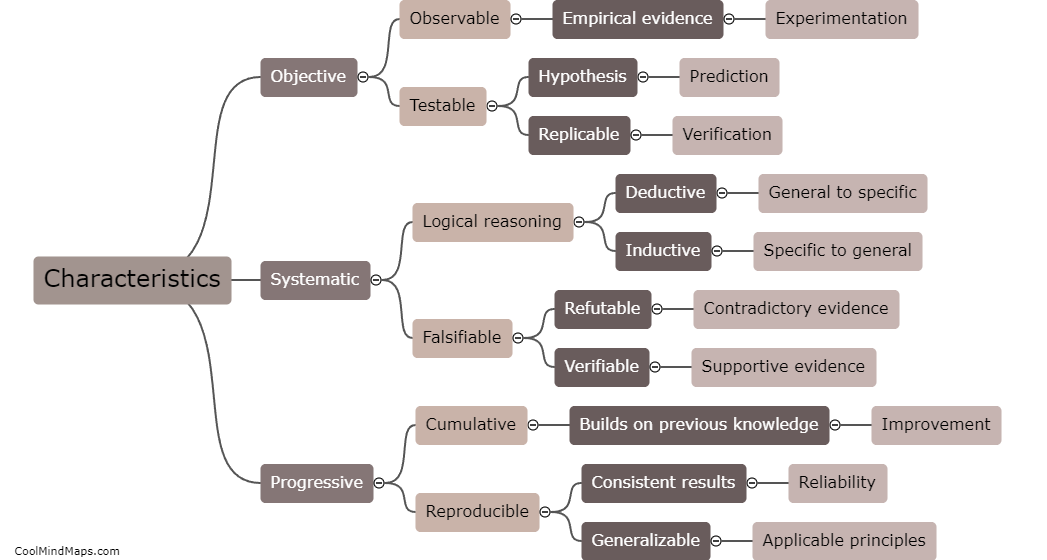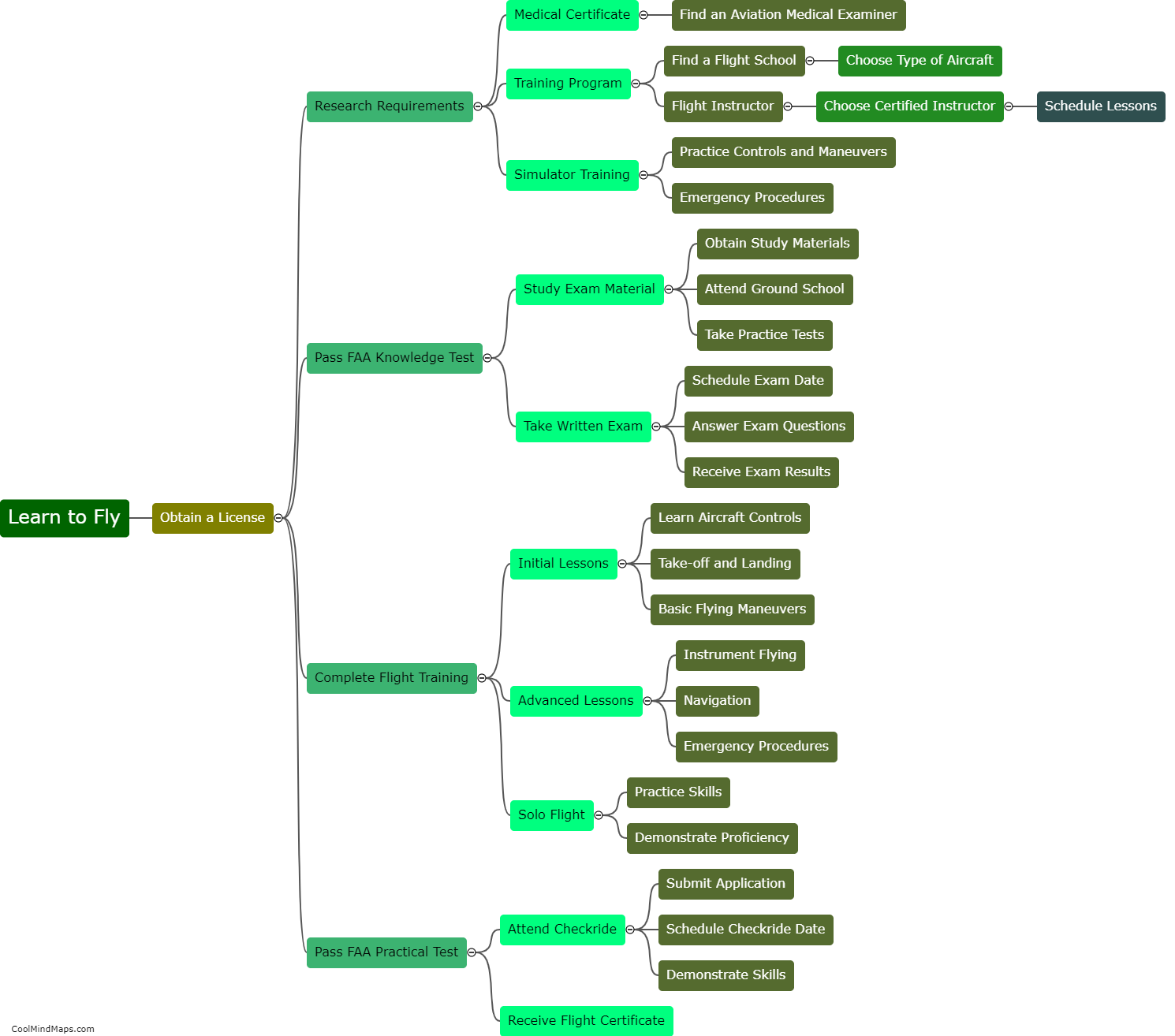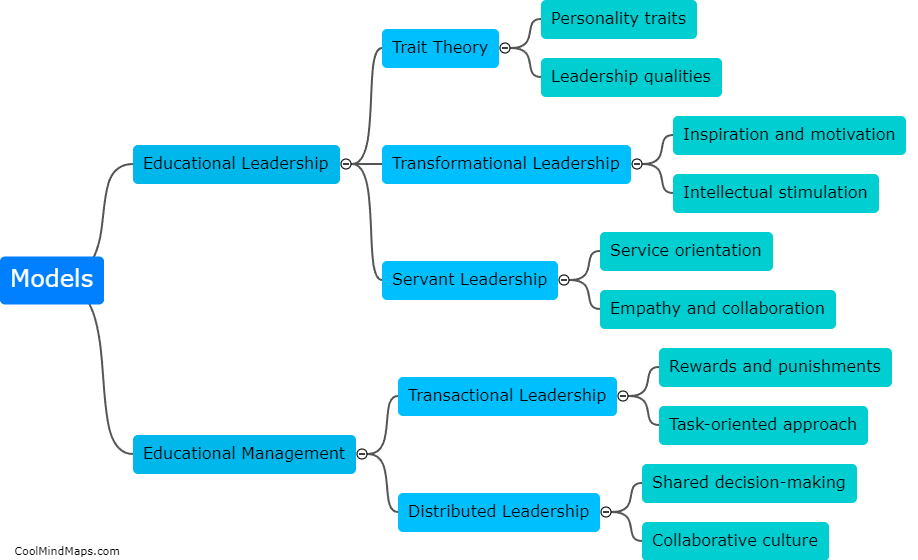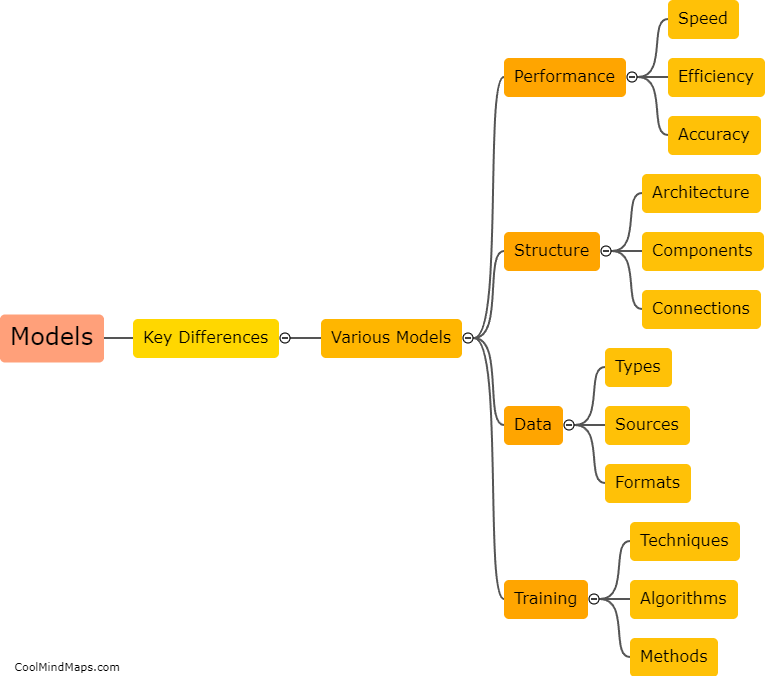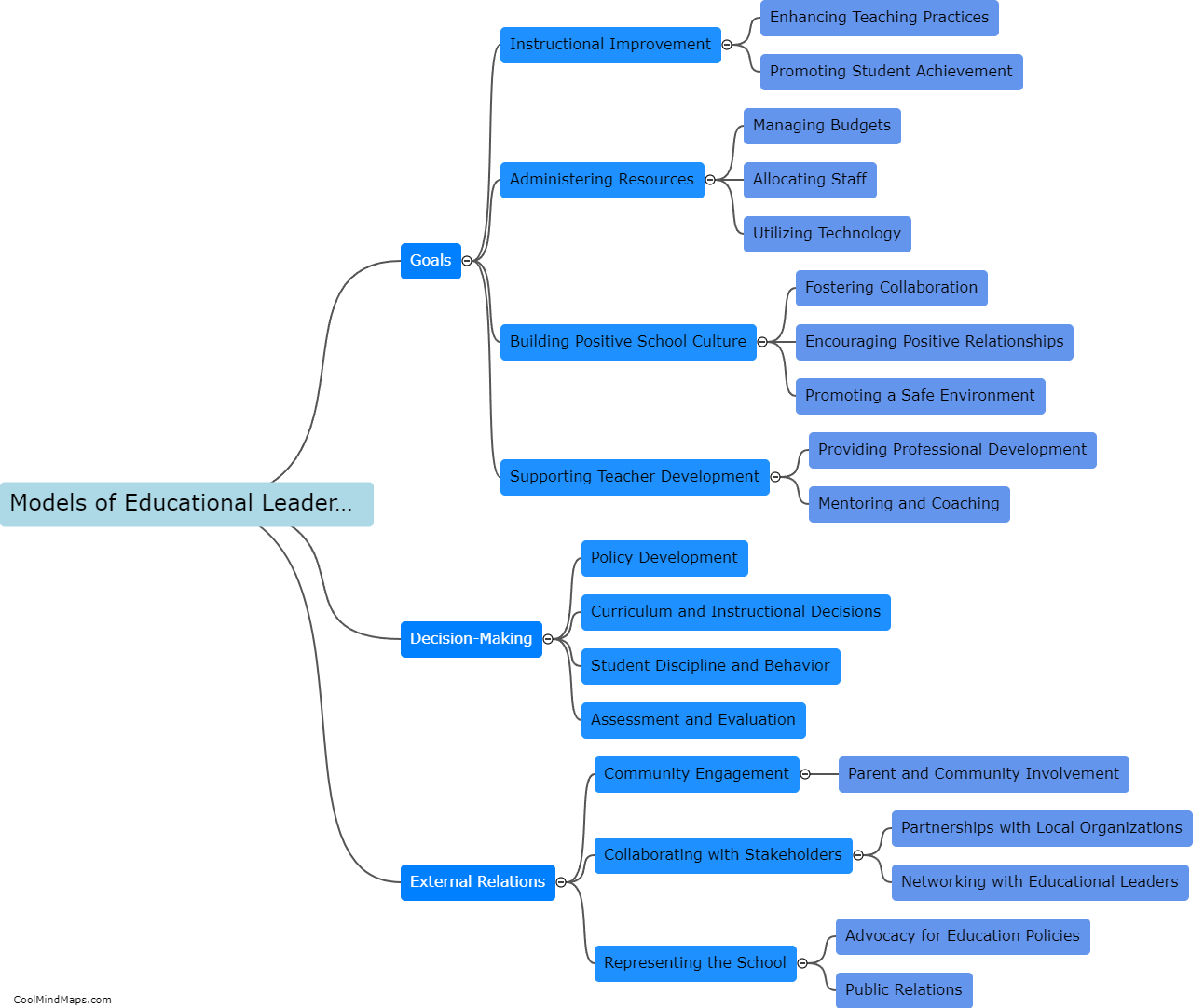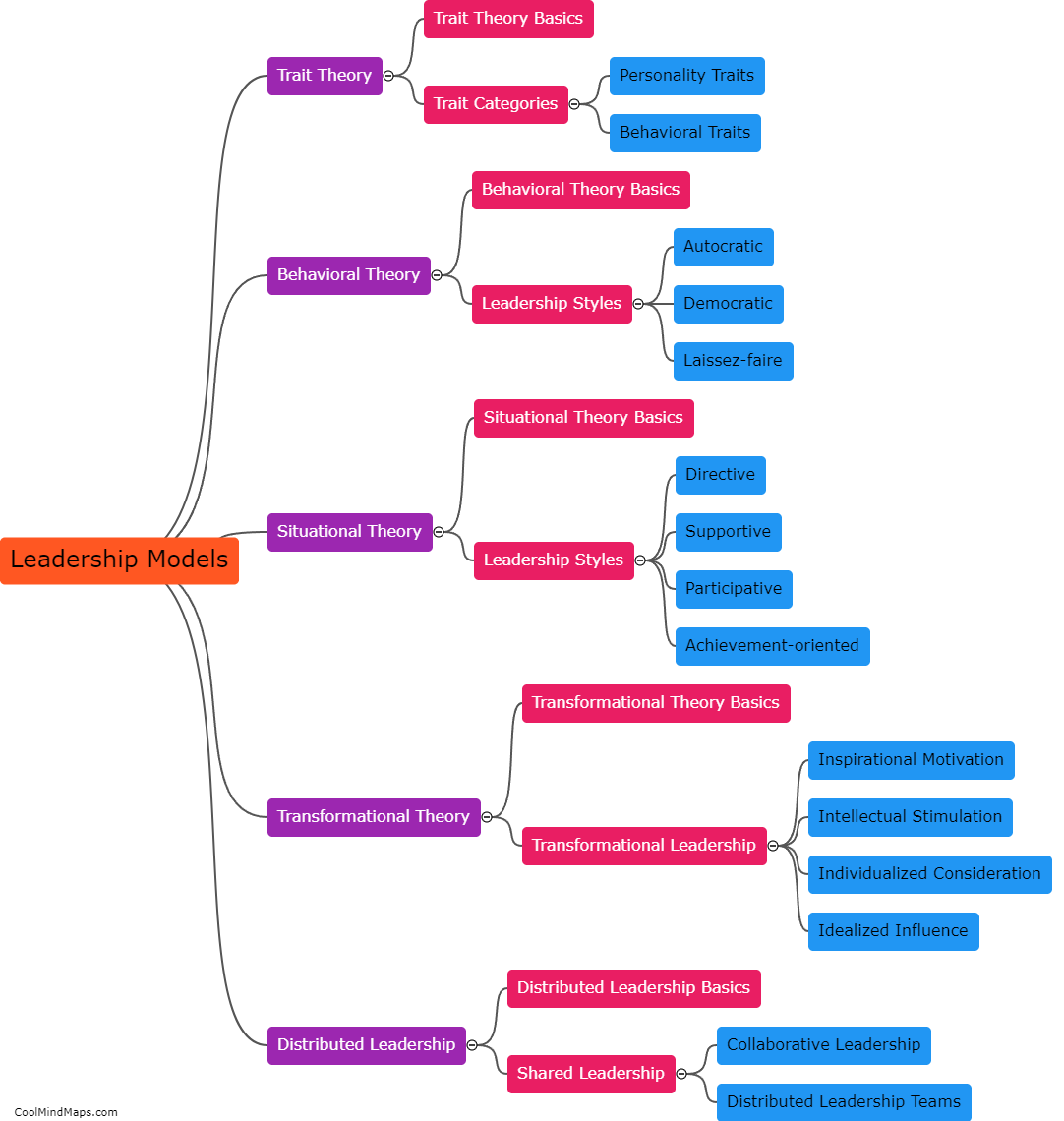What are the implications of these different models for educational organizations?
The implications of different models for educational organizations are significant and far-reaching. Traditional models, based on a one-size-fits-all approach, may limit the potential of students and fail to meet their unique needs and interests. On the other hand, personalized learning models that emphasize individualized instruction can enhance student engagement, achievement, and overall learning outcomes. However, implementing such models may require substantial resources, including technology, trained personnel, and professional development. Moreover, educational organizations must address equity concerns to ensure that all students, regardless of their background, have equal access to high-quality education. Additionally, shifting to student-centered models requires a shift in mindset and pedagogical practices, which may require a period of adjustment and ongoing support for educators. Overall, the implications of these different models require educational organizations to carefully evaluate their goals, resources, and priorities to adopt an approach that best serves the needs of their students.

This mind map was published on 26 November 2023 and has been viewed 108 times.
